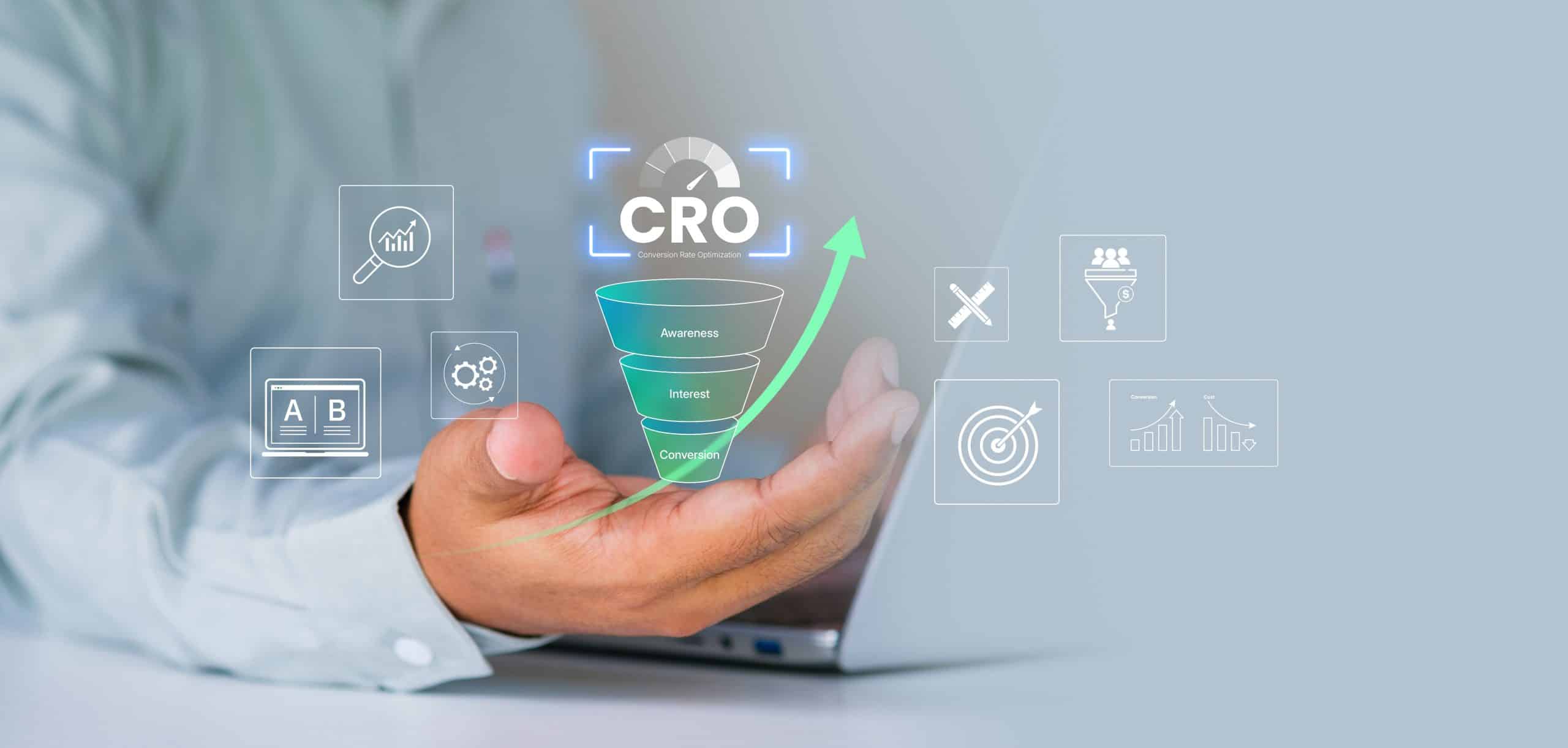If you’ve ever asked the question, “Which campaign actually drove this conversion?” you’ve thought about the problem of attribution. Attribution models are frameworks for assigning credit to the marketing touchpoints that lead to a conversion, from the very first impression to the final click. Marketers generally start with simpler models and progress to more sophisticated ones as their data and budgets grow. For a fast primer on the major approaches and when to use them, see our broader guide to attribution models.
What Is Single-Touch Attribution?
Single-touch attribution is the practice of giving 100% of the conversion credit to one interaction on the buyer’s path. It’s simple by design and comes in two forms: first-touch and last-touch. In first-touch, the credit goes to the interaction that first brought the user into your orbit (say, a prospect’s initial click from a social ad). In last-touch, all value is assigned to the final measurable interaction before the conversion, for example, a click that comes from branded search or a direct visit to your website.
How Does First-Touch Attribution Assign Credit for a Conversion?
First-touch attribution assumes the most important metric is how a customer discovers your product, through the interaction that initiated the relationship. If someone sees your top-of-funnel ad and later converts after many steps, first-touch attributes the conversion to that initial ad. This model is popular for brand growth and upper-funnel analysis because it surfaces which channels and creatives are best at opening new customer journeys.
How Does Last-touch Attribution Assign Credit for a Conversion?
Last-touch attribution assumes the most important moment is when the customer commits to buy — the interaction that immediately preceded the conversion. If a customer clicks a retargeting ad and makes a purchase, last-touch assigns the sale to that ad, regardless of earlier influences. This model is common for performance reporting because it maps neatly to transactions and is widely supported in advertising and analytics platforms.
Advantages of Single-Touch Attribution
Single-touch is analytically useful for three practical reasons: clarity, speed, and compatibility.
Why Is Single-Touch Attribution Considered Simple to Understand and Implement?
Because these models only have two aspects, they’re simple to implement and track. Many ad tools and analytics platforms offer these models out of the box, so setting tracking up typically means configuring a setting rather than building a complex, multi-step model. Reporting is straightforward, comparisons are fast, and you can tie spending decisions to a small set of familiar metrics without much training.
In What Limited Scenarios Might a Single-Touch Model Be Sufficient?
Single-touch can be “good enough” when journeys are short, there aren’t many channels, and your sales objectives are focused. Here are a few examples:
- Free trials where the last click to conversion reliably captures the decisive action.
- A brand-awareness sprint where you only care which sources are best at first exposure.
- Early-stage startups that are looking to validate channel fit with limited data volume.
More broadly, single-touch can provide a clear, unambiguous view of either the beginning or the end of the journey. If you’re optimizing purely for net-new discovery, first-touch highlights the channels that most often start paths. If you’re optimizing for immediate conversions at the bottom of the funnel, last-touch shows which levers most often seal the deal.
Disadvantages and Limitations of Single-Touch Attribution
What you gain in simplicity, however, you lose in granularity.
Can It Lead to Inaccurate Conclusions About the Effectiveness of Different Channels?
Yes. Customer journeys are rarely one-and-done. E-commerce marketers report using roughly six touchpoints on average in their strategies, while in complex B2B motions, a single deal can involve hundreds of impressions and touches across months. In such environments, crediting only the first or the last step systematically overlooks everything in between, including content, community, PR, partner referrals, organic search assists, and retargeting.
Why Might It Result in Misallocation of Marketing Budgets?
Generally, single-touch attribution models bake assumptions into the outcomes. The first-touch model tends to over-reward awareness channels (social, PR, upper-funnel content) and under-reward closing channels (brand search, email, retargeting). Last-touch does the reverse, over-rewarding channels that show up late and under-rewarding the ones that created demand in the first place. If you scale budgets from these distorted readings, you can starve mid-funnel programs that move people forward. You may also inadvertently chase short-term wins at the expense of long-term growth.
Comparing First-Touch and Last-Touch Attribution
What Are the Key Differences Between First-Touch and Last-Touch Attribution?
First-touch answers, “What sparked the customer journey?” Last-touch answers, “What closed the deal?” The first emphasizes demand creation, and the second emphasizes demand capture. First-touch is directional for brand growth, whereas last-touch is operational for performance reporting.
When Might You Focus on the First Touchpoint?
You want to focus on the first touchpoint when launching a new brand, feature, or market and you need to see which awareness channels actually pull net-new audiences into your funnel. It’s also useful when you’re evaluating top-of-funnel creative and messaging to learn what most often starts qualified journeys, for example, which ad or post tends to drive that crucial first click to a free trial.
When Might You Focus on the Last Touchpoint?
You’re more likely to use the last touchpoint when you’re optimizing conversion paths and closure tactics, such as checkout flows, cart-abandon retargeting, or branded search bidding. It’s equally relevant when managing channel partners whose commercial arrangements hinge on the final referral or click.
What Are the Inherent Biases in Each of These Models?
First-touch systematically favors channels that appear early (and may give too much credit to novelty or reach). Last-touch systematically favors channels that appear late (and may give too much credit to brand familiarity that earlier touches created). Neither is “wrong,” they’re just two simplified ways of looking at how a customer converts.
Alternatives to Single-Touch Attribution
What Are Some Common Multi-Touch Attribution Models?
- Linear: Distributes equal credit to every recorded touchpoint. Simple, egalitarian, and useful for collaboration incentives across teams.
- Time-decay: Assigns more credit to interactions closer in time to conversion, reflecting recency effects without ignoring early influences.
- Position-based (U-shaped, bathtub): Heavily weights the first and last interactions while distributing the rest across the middle. Good for sales motions where both discovery and closure matter.
- W-shaped and custom rules: Adds major weight to a third milestone like lead creation or opportunity creation in B2B.
How Do These Models Attempt to Provide a More Holistic View of the Customer Journey?
Multi-touch models spread credit for the customer journey across multiple assists, rather than awarding it all to a single click, making it easier to see where supporting interventions made the sale. That helps you protect mid-funnel programs, justify content investments, and understand how channels work together.
When Is It Generally Recommended to Move Beyond Single-Touch Attribution?
Consider moving from single-touch to multi-touch models when:
- Sales cycles exceed a few days and involve repeated nurture.
- You’re running integrated campaigns across three or more channels.
- Budget decisions keep swinging wildly when you switch between first- and last-touch reports.
- Stakeholders need to understand influence, not just origination or closure.
How Can Data-Driven Attribution Offer a More Sophisticated Approach?
Data-driven attribution (DDA) uses statistical methods and machine learning to estimate how each touchpoint changes the probability of conversion, distributing credit accordingly. Many analytics stacks now support such models: for example, modern analytics and ad platforms provide DDA or privacy-preserving last-touch models as defaults or options. DDA requires more data and care to interpret, but it better reflects reality in multi-channel journeys and aligns teams around incremental impact rather than raw clicks.
Key Takeaways
Single-touch attribution assigns all credit to one interaction — either the first or the last — and is popular because it’s quick to implement and easy to explain. You can use first-touch when you’re measuring discovery and early-journey effectiveness, and last-touch when you’re optimizing close-rate and immediate conversion tactics. Be aware that first-touch over-credits awareness, and last-touch over-credits closers: Both can misallocate spend if taken as full truth.
Frequently Asked Questions (FAQs)
Is single-touch attribution still commonly used?
Yes. Despite its limits, single-touch attribution persists because it’s available in nearly every tool, aligns with straightforward reporting needs, and works passably for short journeys. It also maps neatly to platform constraints where last-touch is the primary supported model.
How can I easily implement single-touch attribution in my analytics platform?
In most cases, you can select first-click/first-touch or last-click/last-touch in your analytics or ad platforms’ attribution settings and then use the model comparison views to see how results change. If your stack offers a default data-driven model, you can still switch specific reports to last-click when you need a simple, conservative read on closing channels.
What are some signs that I should switch to a multi-touch attribution model?
Red flags include whiplash between first- and last-touch reports, growing investment in mid-funnel content without clear credit, longer sales cycles with many nurturing steps, and channel teams arguing over ownership of results. If you rely on more than a couple of channels and routinely see multiple assists before a conversion, multi-touch (or data-driven) will likely improve planning and budgeting.



